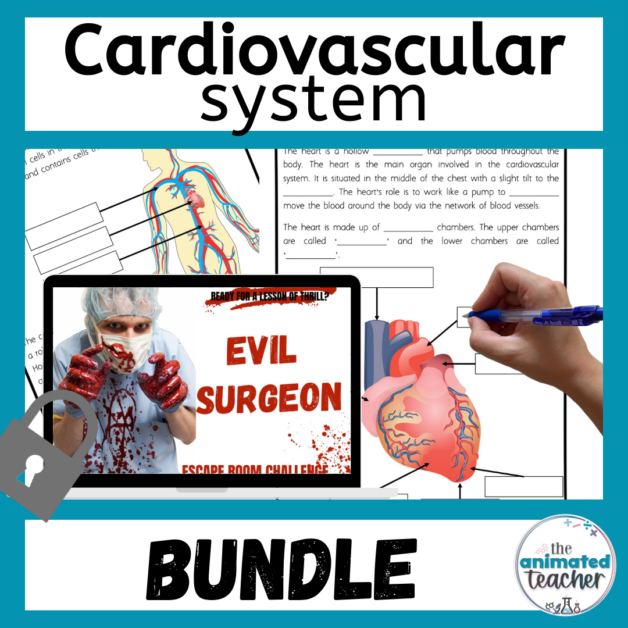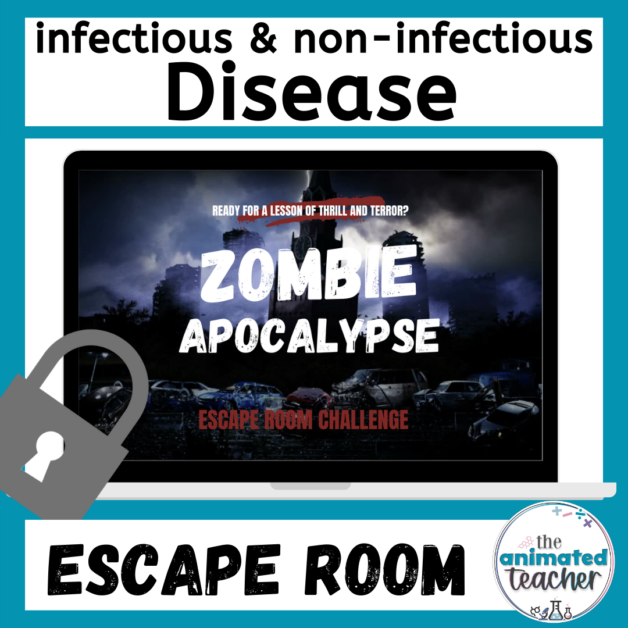
How to teach organic chemistry effectively in high school
How to teach organic chemistry effectively in high school
Organic chemistry. Just the name can send shivers down the spines of even the most enthusiastic students. It’s often perceived as a vast, intimidating landscape of abstract concepts, a new language with an extensive new vocabulary, and a whole lot of memorization. But fear not, fellow educators! This ‘how to teach organic chemistry’ post is your guide to making organic chemistry accessible, engaging, and maybe even…dare we say…enjoyable for your students, whether they’re tackling it for the first time in high school, prepping for pre-med exams, or diving into advanced levels as undergraduate students.
how to teach organic chemistry

Why the Organic Chemistry Overwhelm?
Let’s face it, organic chemistry isn’t just about memorizing the names of the molecules (though there’s plenty of that!). It’s about truly understanding why organic reactions happen, visualizing complex molecular structures in three-dimensional space, and applying this organic chemistry knowledge to predict the outcomes of chemical processes. It’s about understanding the behavior of organic molecules, from the smallest alkanes to complex polymers like polyunsaturated fats. That’s a lot to ask, especially when students are juggling other demanding scientific disciplines. Many students see it as a second language, requiring them to learn not only a new vocabulary but also new ways of thinking about chemical reactions at the molecular level.
Laying the Foundation: General Chemistry is Key
Before diving headfirst into the intricacies of the organic chemistry curriculum, ensure students have a solid foundation in general chemistry (gen chem). A good grasp of basic chemical structures, electronic structures, VSEPR theory, covalent bonding (single bonds, double bonds, and even the concept of lone pairs), and the properties of hydrogen atoms, carbon atoms, and the oxygen atom is crucial. Understanding gen chem concepts like acid equations, pKa values, and patterns of acid reactions is essential prior knowledge. Think of gen chem as the foundation upon which all organic chemistry knowledge is built. It’s a good idea to review relevant content from gen chem, especially if it’s been a while since students have covered it.
how to teach organic chemistry
-
Simple Ionic bonding worksheets with answers pdf
$7.99 -
Simple Covalent Bonding Worksheets Lewis Electron Dot Structures
$9.99 -
Sale!
ionic and covalent bonds worksheets with answer key chemistry
Original price was: $17.98.$13.99Current price is: $13.99. -
Sale!
Organic chemistry workbook pdf and teacher answers
Original price was: $59.00.$39.00Current price is: $39.00. -
isotope notation worksheet FREE
$0.00 -
Chemistry acid-base titration worksheet booklet and labs
$14.99
how to teach organic chemistry
How to teach organic chemistry
1. Molecular Models: Molecular models are, without a doubt, the most effective way to teach organic chemistry. Seeing organic compounds and organic molecules in 3D space is a game-changer. Students can physically manipulate the atoms, visualize different functional groups (like carboxylic acids and the OH group), understand optical isomers, and grasp difficult concepts like chirality much better.
Invest in molecular model kits for your students. It’s a good way to solidify their students’ understanding of molecular structures.
2. Visual Aids and Interactive Simulations: Organic chemistry is a visual subject. Use diagrams, flowcharts, 3D models, and interactive simulations to illustrate reaction mechanisms and chemical reactions. Online resources like Khan Academy, PhET Simulations and YouTube videos offer a treasure trove of ready-made visuals and explanations.
Incorporate technology into your teaching, such as interactive simulations, molecular modeling software, and online resources. This can make learning more engaging and accessible for students.
3. Breaking it Down: Don’t try to cover everything at once. Break down complex topics into smaller, more manageable chunks. For example, instead of trying to cover all functional groups in one go, spend time just looking at alcohols, reactions to form alcohols, and reactions of alcohols before moving onto another functional group.
4. Relating to Real-World Applications: Relate organic chemistry to real-world applications, such as drug discovery, the synthesis of organic salts, and the role of organic chemicals in living things. This helps students see the significant impact of organic chemistry in their daily lives and makes the abstract concepts more tangible. Discuss how organic chemistry knowledge is used in medical school and in various scientific disciplines. For example, discuss the use of esters in making perfumes.
5. Practice, Practice, Practice: Organic chemistry is a skill that requires a lot of practice. Provide plenty of practice problems, problem sets, and choice questions. Encourage students to work through synthesis problems and mechanisms of substitution reactions. The more they practice, the more confident they will become. This is particularly important for becoming familiar with IUPAC naming conventions.
When I teach organic chemistry, I teach the first part just before the school break and give students home learning that is just practicing the IUPAC naming and drawing conventions for organic molecules so when they come back they are well practiced and ready to delve deeper.
6. Understanding Reaction Mechanisms: Don’t just focus on memorizing reaction mechanisms. Emphasize the why – why do electrons move? What are electrophiles and nucleophiles? Understanding the underlying principles is much more powerful than rote memorization. Use curved arrows to show electron movement and explain the different ways that reactions can occur.
7. Nomenclature and Functional Groups: Mastering the names of the molecules and recognizing different functional groups is essential. Use flashcards, games, and other creative methods to help students learn this extensive new vocabulary.
8. Keep it organized: This topic can become chaotic. It is important for students to have a really organized set of notes and activities they can come back to revise. For this, I like to use this workbook. Students like having a printed workbook for this topic and it helps them study and revise material in an ongoing manner.
how to teach organic chemistry
How to teach organic chemistry – Advanced Concepts
For undergraduate students and those preparing for med school and pre-med exams, delve into more advanced topics like the recognition domain of memory, electronic structures, and the intricacies of polar reactions. Discuss the application of organic chemistry to drug discovery and other cutting-edge research. Cover topics like PKA values in detail and explain how they affect chemical reactions. Help students understand the connection between organic chemistry and other areas of science.
how to teach organic chemistry
Conclusion
Organic chemistry is a challenging subject, but it’s also incredibly rewarding. Knowing how to teach organic chemistry by using these strategies and resources can help your students unlock the secrets of carbon and develop a deep appreciation for this fascinating field.
Good luck, and remember, you’re not just teaching organic chemistry; you’re inspiring the next generation of scientists, doctors, and innovators.
how to teach organic chemistry
Note: Always consult your school’s specific safety guidelines and policies, and seek guidance from experienced colleagues or administrators when in doubt about safety protocols.
About the Author

Station activities for middle school









































